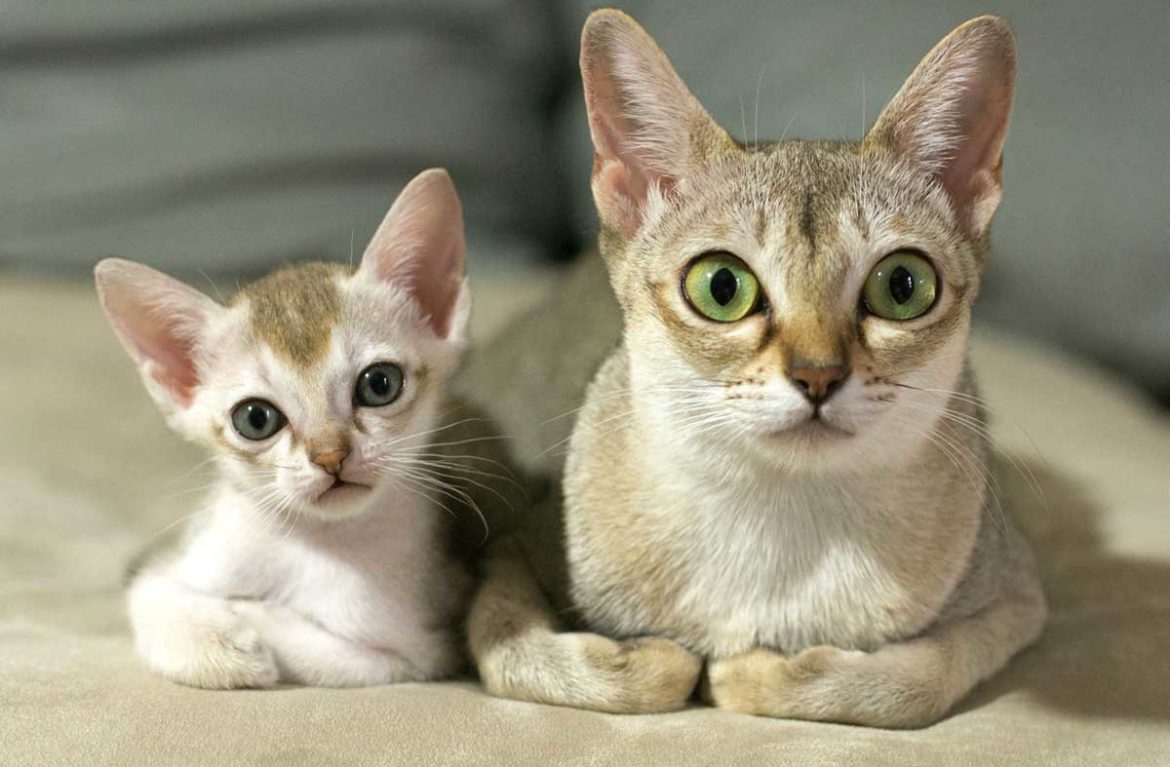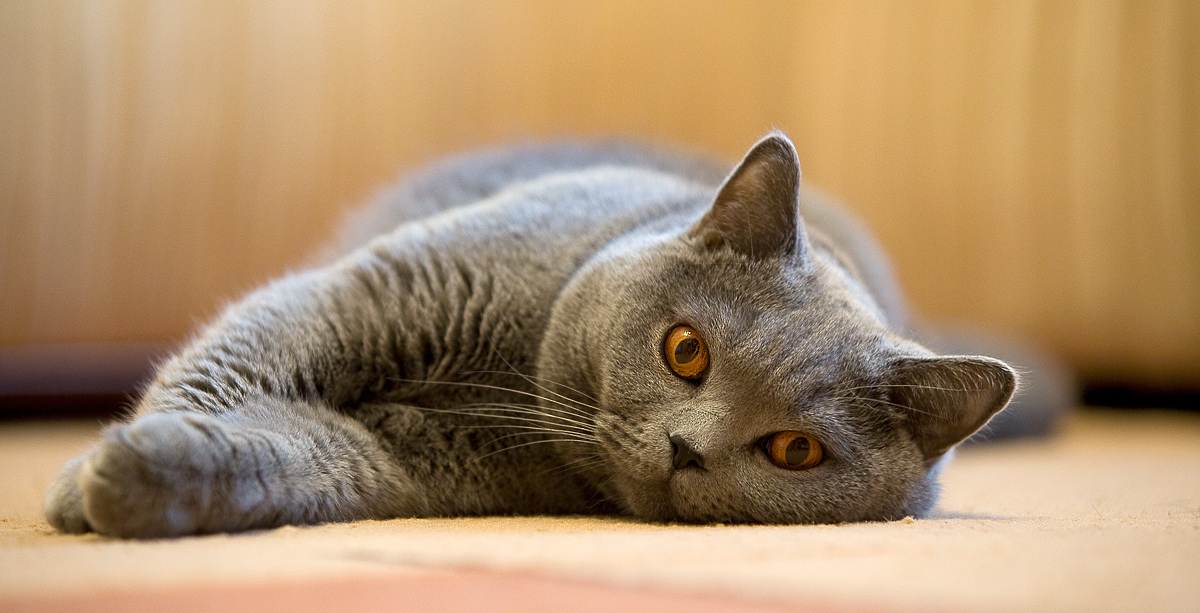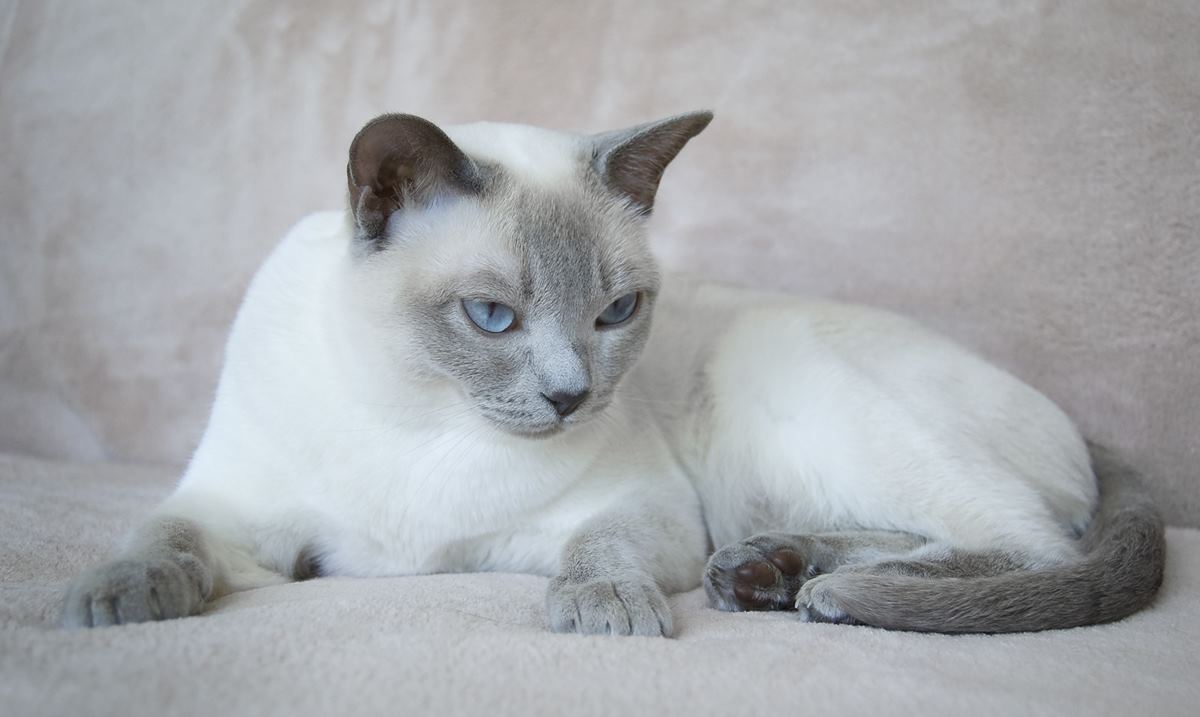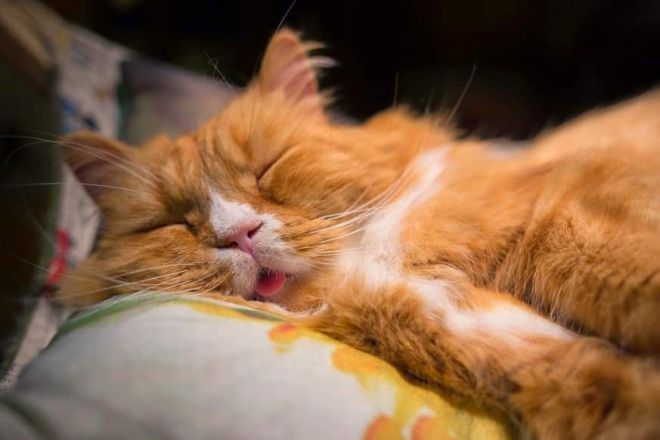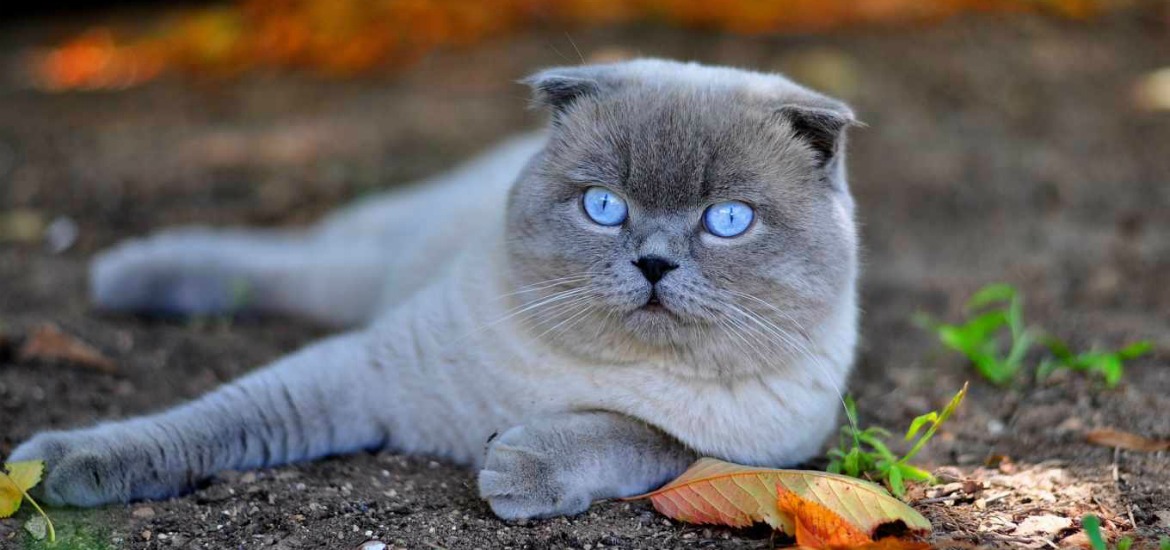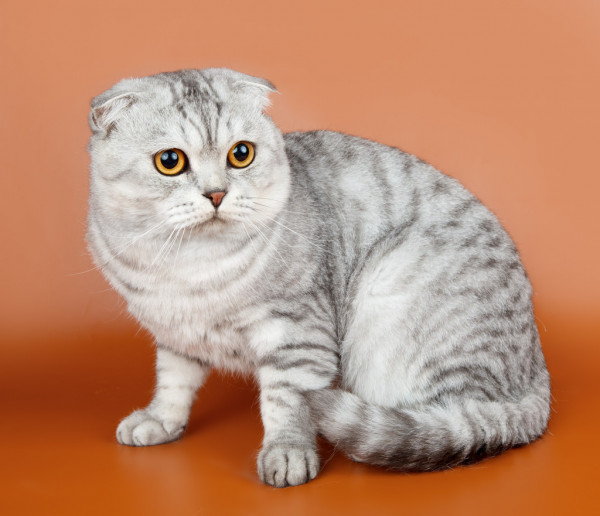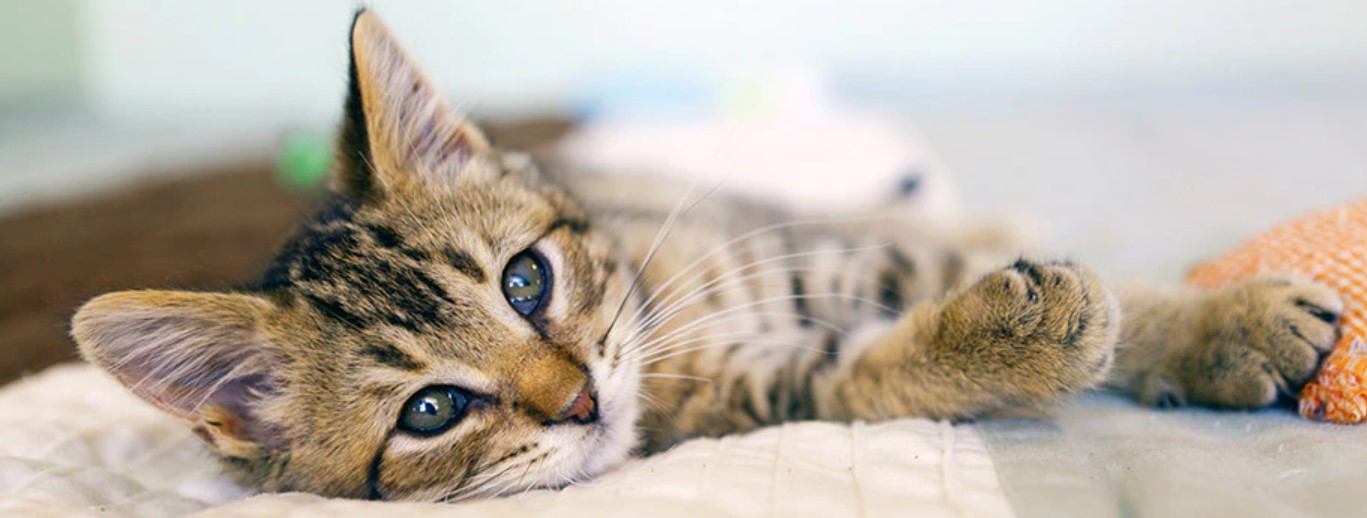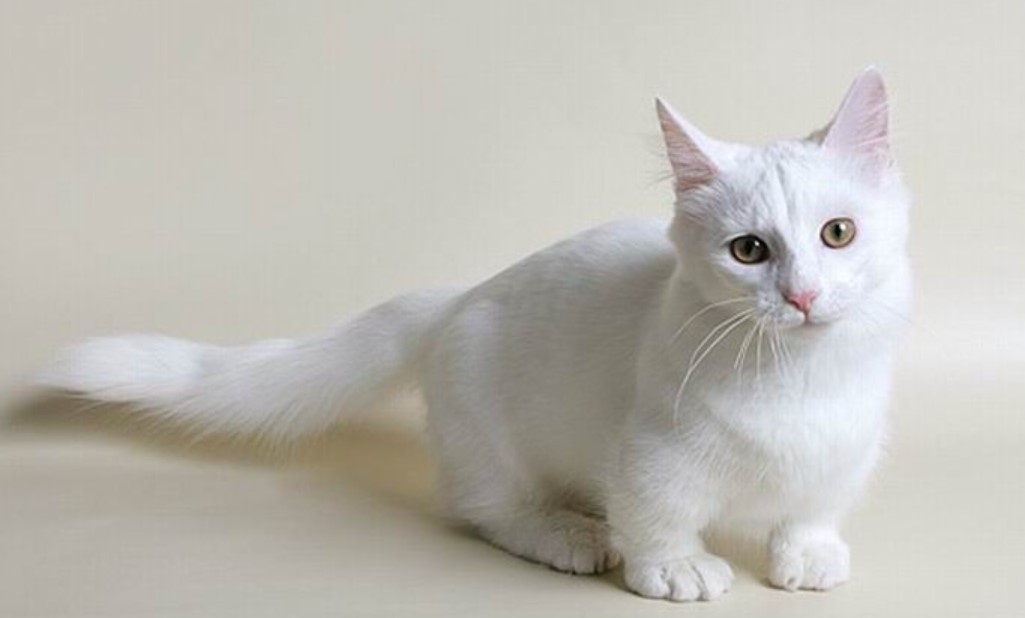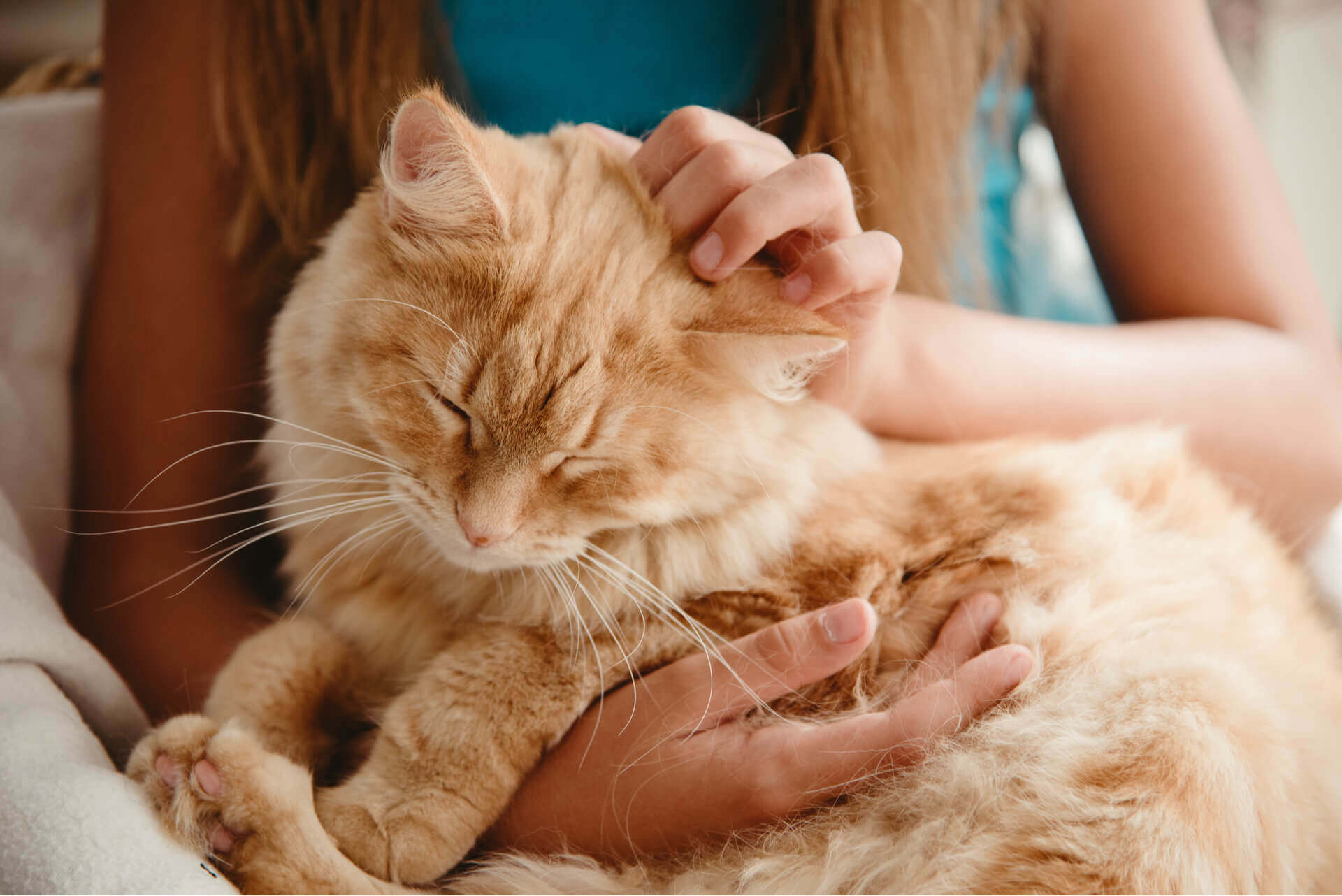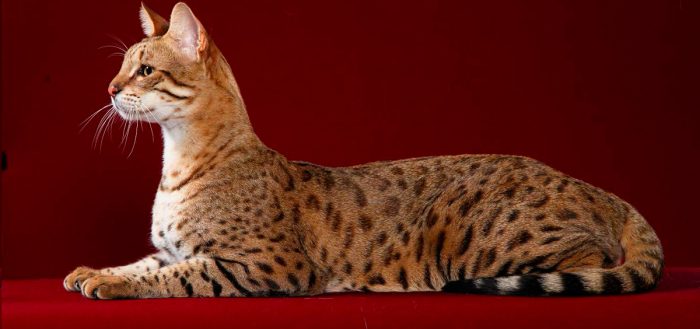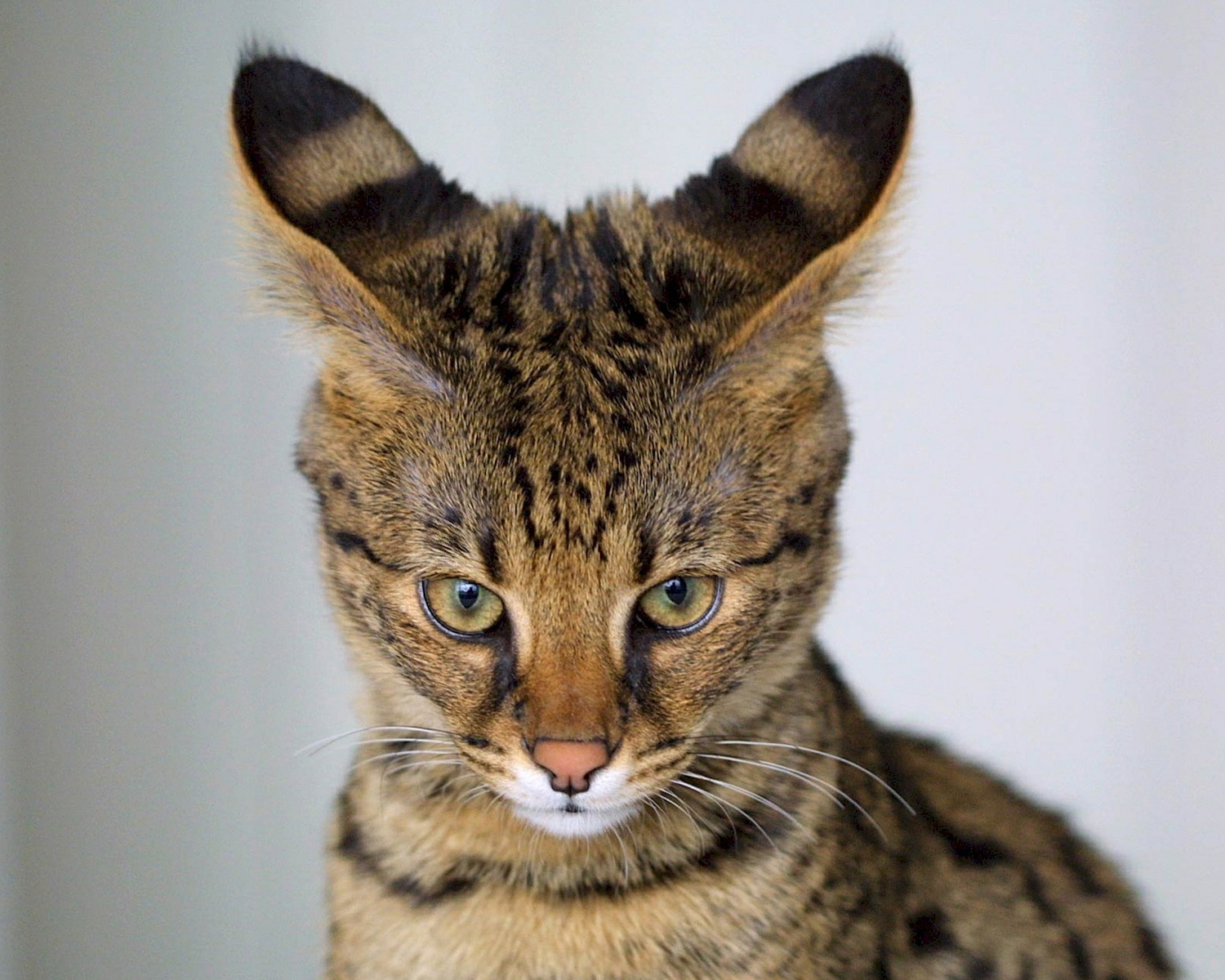Castration – yes or no?
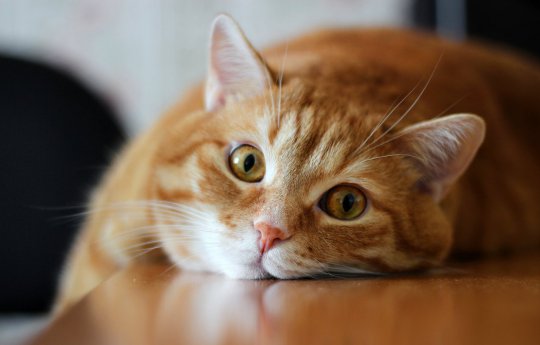
Miau, miauuuu… Lilly won’t rest all night. The young cat lady is wandering around the apartment restlessly, rolling her back over the carpet again and again. What’s wrong with the kitty? Lilly is in the heat for the first time in her cat life. Pure stress for the cat, but also for its owner.
The mistress, therefore, decides to have her darling neutered. If only because of the neighbor’s father who is going crazy next door because he has the “scent” of Lilly in heat in his nose. And: Lilly should be allowed outside when she is older and has settled in.
Castration is necessary, otherwise, there will be unwanted offspring. Her owner definitely doesn’t want that – after all, too many four-legged friends are already waiting for a loving home in the animal shelter. So a clear yes to castration. For indoor cats and outdoor cats alike.
How often does my cat get in heat?
Anyone who owns a non-neutered cat lady has to deal relatively often with the topic of heat. Because if a cat is not mated, it can get in heat every two to three weeks. Especially in spring, between March and April, as well as between June and September, cats get in heat more often – because the whole thing depends on the season. In autumn, from October to December, cats are less likely to be in heat.
However, this does not apply to indoor cats. These become heat regardless of the season. During heat, people have to pay special attention to the cat ladies. Because the ready-to-mate velvet paws do everything to have a hangover. You overcome the biggest obstacles and squeeze your way through the smallest openings in order to escape. That’s why you can’t be careful enough.
Before a cat is one and a half years old, it should not be mated, either intentionally or unintentionally. Because she is still far too young, her body is not yet fully developed and pregnancy is a risk for cats and kittens. If you do not want any offspring and, above all, have no one who can / would like to remove any kittens, you must speak to the vet about neutering in good time.
How do castration and aftercare work?

Beginners often do not know what will happen to the cat and himself during castration. One thing in advance – castration is an operation that is carried out very often by veterinarians and the risk is comparatively low. The cat is fed for the last time around nine to ten hours before the operation, and water can be consumed up to around two hours before the neutering. No matter how miserably the darling maunts – even treats are taboo! Because some animals feel sick from anesthesia and vomiting is very dangerous when anesthetized.
For the procedure, the cat is fixed on its back and part of the abdomen is shaved and disinfected. During the operation, the abdominal wall is opened first, the ovaries are tied off and then removed. The wound is then sutured in several layers. Sometimes the animals are put on a kind of body/suit afterward so that they do not lick or nibble at the wound. Funnels are uncommon and are more intended for cats who have already been seen trying to pull the strings. If the operation went normally, the cat can be picked up on the same day.
Most vets insist that the cat stays in the practice until waking up. Nevertheless, the house tigers are often not quite fit, but rather unsteady on their feet and in some cases a bit jumpy. A room without climbing facilities, with a warm place to cuddle up, a litter box, and a water bowl is therefore suitable for temporary accommodation. As soon as the cat is really awake again, it can get a small portion of its usual food – a whole bowl is often too much for an empty cat’s stomach. If you have the feeling that your cat is not recovering from the anesthetic, you should contact the vet to be on the safe side. Usually, the kitties are back to their old ones after a day.
After a successful castration, the cat will no longer be in heat. Experts know that pseudopregnancy, as it sometimes occurs in cats, is prevented by castration. The procedure is also said to reduce the risk of uterine disease and mammary tumors.
When should I have my cat neutered?
The best time is at the beginning of sexual maturity, which begins in queens around the fifth to the sixth month. Some breeds are considered to be late bloomers, others as precocious. The castration of cats is still possible without any problems a few heaters later. However, it is not recommended as the cat only suffers during heat if it is not mated. Early castration before the fifth month is not common in Germany.
If the cat is in heat and has not been neutered, it should definitely not be allowed out of the house to prevent pregnancy. Since cats can get a permanent roll, you have to keep an eye on them. The cat should not be neutered during heat, as the tissue is better supplied with blood here. If the cat is pregnant, it must be decided individually whether it would still be justifiable to carry out the procedure.
Castration or Sterilization – What’s the Difference?
As already described above, the ovaries are removed during castration, after which sexual behavior comes to a standstill. Not so with sterilization. Here only the fallopian tubes are cut – the cat is no longer terrible, but the sex drive is retained. Heat is a hormonal and psychological burden for cats that are not mated or neutered. Sterilization is therefore not recommended for cats and is usually no longer carried out.
Wouldn’t it be better to have the cat littered beforehand?

No, even if this rumor persists. The cat does not benefit from a single litter. Usually, it is the human wish to see kittens grow up that should be fulfilled here. Animal shelters are always looking for helpers and foster homes for kitten rearing and care – that’s why you should rather get involved in animal welfare than expect your cat to have a one-time pregnancy.
If you bring a young cat or kitten into your house, it is essential that you deal with the topic of castration in good time. You should inform yourself, especially when it comes to keeping multiple cats with male and female cats. If the animals come from one litter, inbreeding can otherwise occur.
